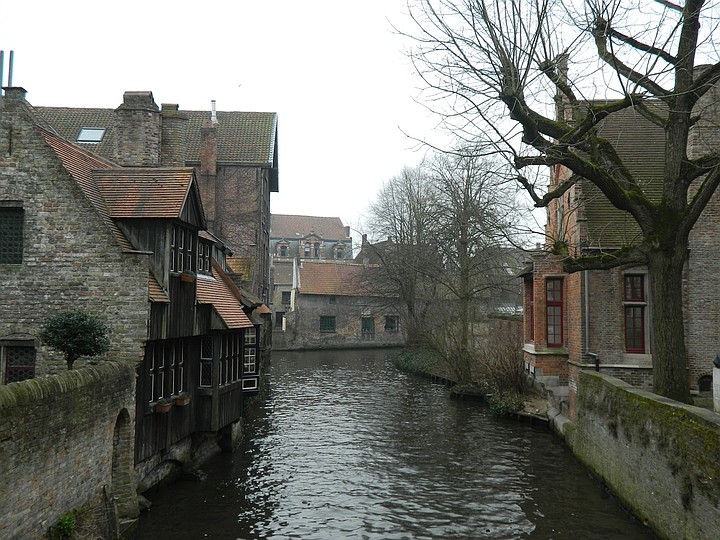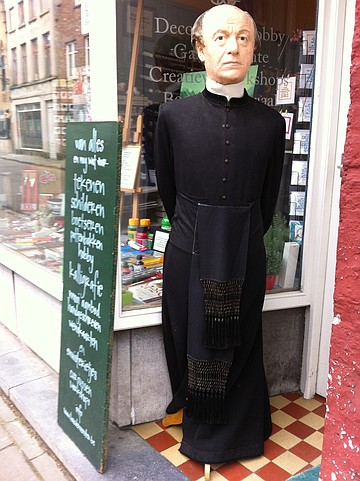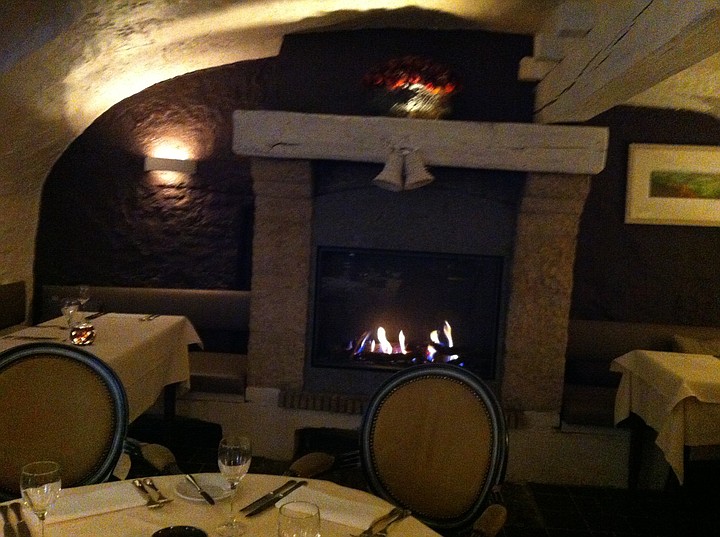 Facebook
Facebook
 X
X
 Instagram
Instagram
 TikTok
TikTok
 Youtube
Youtube

In the Middle Ages, back when canals were the super-highways of Europe, Bruges experienced a surge of wealth and culture.

Before the canals started silting, there was a direct route to the sea from the historic town center. Trade of their woven woolen goods netted luxuries like French wine and spices from the Middle East. So much money was exchanging hands, they started the first stock exchange. The Duke of Burgundy – who controlled the area in the 15th century – attracted more bankers, artists and excellent weavers.
The city still remains pretty decadent. Today, a special-occasion restaurant in town is named after him.
Where to stay. The Pand Hotel is an 18th-century carriage house converted into a super-luxe boutique hotel. Despite its small size, it has a bar, two lounges and even room service. French perfumes in crystal bottles are sold at the front desk. Belle époque hardware graces the rooms.
What to do. The historic Dukes of Burgundy would no doubt approve of the contemporary high-end boutiques hawking lace and chocolate... possibly even the high-end sex toy stores.
Besides strolling through the winding, narrow streets, a canal ride is a good way to see the backyards of private properties and historic buildings that you might not get to see on foot. You get a free Bruges Welcome Card for staying at any hotel in the city; it gives you discounts off things like the canal rides.

St. John’s Hospital now houses a museum, having served as a hospital from the time of the Crusades through the last century. The hospital was the only one in the area for sick pilgrims headed to the Holy Land. The 800-year-old ambulances are cool to see – as well as 300-year-old paintings of them. There’s a pharmacy and graves of the rich and powerful embedded into the marble floors. I learned that they're the origin of the phrase “stinking rich”: when they were first buried and decomposing, they made the opulent rooms smell horrible!
The Historium is a multimedia attraction that gives a glimpse into Bruges's Golden Age. Though meant for all ages, it’s wildly inappropriate for the kiddies, complete with live-action depictions of brothels, topless dancers and trippy, incoherent story lines. There’s a beer café on site. Visit during happy hour (or at least after 4:20).

Where to eat. When going to Restaurant Malpertuus, be sure to ask to be seated downstairs in the medieval 16th-century cellar. While their website boasts of serving group meals, the cellar is intimate and personal. This is a place to order true gourmand favorites like goose liver, rabbit and eel. You feel like you’ve stepped back in time, but the restaurant’s not frozen in amber: modern pop plays in the background.
Kok au Vin is on a little winding street off the tourist track. It’s a little bistro frequented by young, well-heeled professionals. They feature seasonal local cuisine, such as the regional baby shrimp served in a very rich style, with Hollandaise sauce and soft-cooked egg. Little touches, like their fancy coffee condiments tray, take the restaurant out of the ordinary.


In the Middle Ages, back when canals were the super-highways of Europe, Bruges experienced a surge of wealth and culture.

Before the canals started silting, there was a direct route to the sea from the historic town center. Trade of their woven woolen goods netted luxuries like French wine and spices from the Middle East. So much money was exchanging hands, they started the first stock exchange. The Duke of Burgundy – who controlled the area in the 15th century – attracted more bankers, artists and excellent weavers.
The city still remains pretty decadent. Today, a special-occasion restaurant in town is named after him.
Where to stay. The Pand Hotel is an 18th-century carriage house converted into a super-luxe boutique hotel. Despite its small size, it has a bar, two lounges and even room service. French perfumes in crystal bottles are sold at the front desk. Belle époque hardware graces the rooms.
What to do. The historic Dukes of Burgundy would no doubt approve of the contemporary high-end boutiques hawking lace and chocolate... possibly even the high-end sex toy stores.
Besides strolling through the winding, narrow streets, a canal ride is a good way to see the backyards of private properties and historic buildings that you might not get to see on foot. You get a free Bruges Welcome Card for staying at any hotel in the city; it gives you discounts off things like the canal rides.

St. John’s Hospital now houses a museum, having served as a hospital from the time of the Crusades through the last century. The hospital was the only one in the area for sick pilgrims headed to the Holy Land. The 800-year-old ambulances are cool to see – as well as 300-year-old paintings of them. There’s a pharmacy and graves of the rich and powerful embedded into the marble floors. I learned that they're the origin of the phrase “stinking rich”: when they were first buried and decomposing, they made the opulent rooms smell horrible!
The Historium is a multimedia attraction that gives a glimpse into Bruges's Golden Age. Though meant for all ages, it’s wildly inappropriate for the kiddies, complete with live-action depictions of brothels, topless dancers and trippy, incoherent story lines. There’s a beer café on site. Visit during happy hour (or at least after 4:20).

Where to eat. When going to Restaurant Malpertuus, be sure to ask to be seated downstairs in the medieval 16th-century cellar. While their website boasts of serving group meals, the cellar is intimate and personal. This is a place to order true gourmand favorites like goose liver, rabbit and eel. You feel like you’ve stepped back in time, but the restaurant’s not frozen in amber: modern pop plays in the background.
Kok au Vin is on a little winding street off the tourist track. It’s a little bistro frequented by young, well-heeled professionals. They feature seasonal local cuisine, such as the regional baby shrimp served in a very rich style, with Hollandaise sauce and soft-cooked egg. Little touches, like their fancy coffee condiments tray, take the restaurant out of the ordinary.
Comments